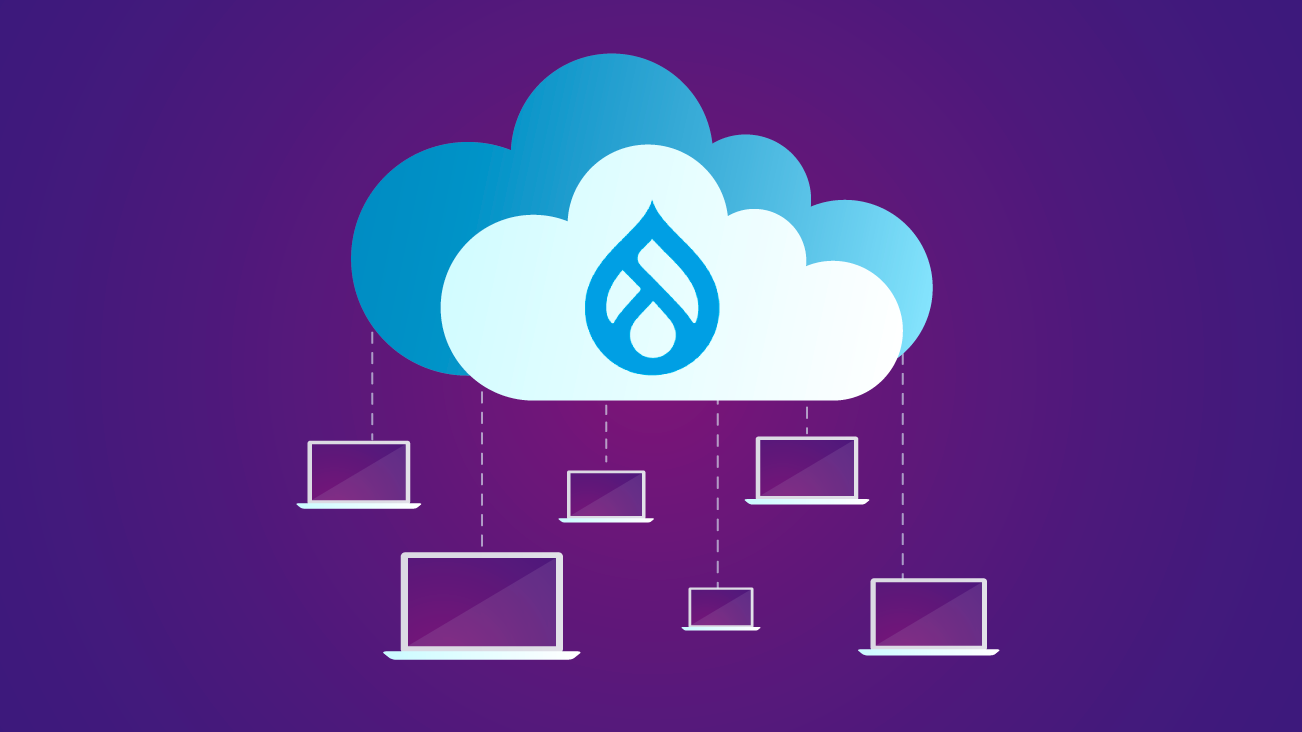Acquia Cloud IDE: First Impressions From a Senior Developer

As the Drupal landscape continues to evolve, we have seen some great advancements in how we build and maintain Drupal websites. From the powerhouse of DrupalVM with Vagrant to the agile world of Lando and Docker, each solution has its own strengths—as well as some tradeoffs that can require some level of technical expertise to navigate. Here at Bounteous, we typically use a Sprint 0 to define and implement the toolset that will be used for the project. During this time, we evaluate the needs of the project, as well as any client requirements that may dictate one solution over another.
As we evaluate these options we consider things like maintainability and flexibility. In some cases, client restrictions prevent us from running any type of virtualization. With any solution, there will be some amount of overhead as we onboard developers and support ongoing development. When faced with virtualization restrictions, a natural solution is to create a custom LAMP or MAMP stack on each developer’s machine. This is often costly to maintain and requires a high investment to get started. Fortunately, there is a new option available, designed to give developers the flexibility of a virtualized environment without the technical cost or restrictions.
Enter Acquia Cloud IDE—a web-based development environment designed for Drupal. Depending on your Acquia subscription, your development team will be allocated a specific number of environments that can be created and destroyed on demand. When you create a new IDE, Acquia provides a container-based environment on cloud infrastructure that matches a standard Acquia Cloud server. Each IDE comes allocated with 4GB of memory, two CPUs, and 60GB of disk space. It also comes preinstalled with all the development tools you need for high-grade Drupal—including Composer, Drush, npm, and even ChromeDriver for running automated tests.
Once the environment has been provisioned, a developer is given a link to open their IDE and begin working. The IDE itself is based on Theia, an open-source web-based IDE developed by the Eclipse Foundation. The project is extremely active, with over 5000 commits, 90 pull requests, and five releases this year alone. These are all great signals of a strong project with great backing. The IDE itself is modular, highly customizable, and feels a lot like Visual Studio. It even allows you to load some of the Visual Studio code extensions you are familiar with (in .vsx form). Though you likely won’t need to add anything, Acquia does a good job of preconfiguring the IDE with all the things you need for a Drupal build.
On the first launch of your IDE, you are greeted with a “getting started” page that gives you multiple one-click setup buttons to make your life easier. The first button creates an SSH key in the IDE environment and associates the key with your Acquia account. This key can also be manually added to any external repositories such as Bitbucket or GitHub. Once your key has been added, you can use a second button to clone your Drupal codebase and database directly from your Acquia subscription. From here you have a fully functional, personal development environment and you are ready to write some code! The IDE gives you direct access to the CLI, and even provides a command to enable Xdebug.
Thoughts and Impressions
It’s pretty easy (and warranted) to be skeptical of a solution like this for a development environment. New IDEs and environments mean new ways of working and ultimately friction when it comes to accomplishing work. It’s extremely important for developers to have complete control over their development experience in order to maximize efficiency. I personally rely heavily on keybindings and shortcut commands to deal with some of the limitations my disability creates.
All things considered, I’ve found transitioning to cloud IDE to be mostly painless. I have been able to customize various shortcuts to match the keybindings I typically use (Shoutout to my dotfiles). I do miss some of the more intelligent features PHPStorm offers me like comment generation and fast file switching, but there is nothing that prevents me from writing solid code.
Skepticism included, I am extremely excited about this product and wish I could use it on some of my personal projects. The ability to have an on-demand development environment that takes little to no setup time is a game-changer. Even as someone with deep Unix and DevOps knowledge, I constantly find myself in battles with getting local environments to "just work." As much as I enjoy investigating and resolving issues that come up with Lando or DrupalVm, I’d much rather spend my time building amazing websites. Acquia Cloud IDE makes that possible.
Opportunities for Improvement
No solution is perfect, and running an IDE in a browser runs into some pretty expected problems. Some of the more complicated tasks like file browsing and terminal interaction require communication with the server. This can cause problems like console input lag or slow/finicky code completion. These problems can be exacerbated by unstable internet connections, leading to warranted frustration. This has been a pretty serious and ongoing issue that Acquia is working on fixing.
The other part I wish I had more control over is the setup process. While the IDE makes it easy to clone code directly from your Acquia environment, it doesn't easily allow you to clone from a BitBucket or GitHub repository. It would be great if there were some way to customize the welcome screen and button actions. My goal is to onboard developers as quickly and painlessly as possible, and it would be nice to have greater control over this process.
Final Thoughts
Acquia Cloud IDE has amazing potential and has already proven to be a valuable tool. We are a couple of weeks into using it on one of my clients, and we were able to successfully onboard 12 developers—for many of whom it was their first Drupal project. The ease of onboarding and consistency of environments across both Windows and OSX was a breath of fresh air. I’m excited to continue to use this tool on future projects!


